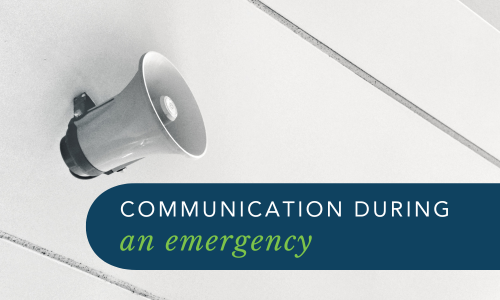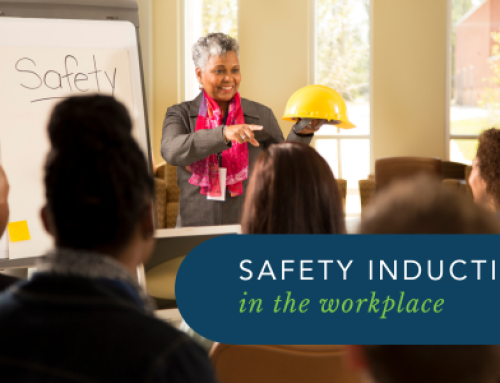When an emergency occurs, it is imperative that you respond to that situation immediately. You need to identify what the emergency is, where it is, how big it is and what the danger associated with the emergency is. Your priority will then turn to ensuring those affected people are quickly and safely removed from that danger.
Communication during an emergency plays a crucial role in ensuring a timely and effective response to the emergency occurs and to make sure affected people are moved away from the danger.
When an emergency is identified there is normally a need to act quickly and there is certainly no time to have a chat or a discussion about what needs to happen. A response needs to happen immediately and decisions around the appropriate activities for that response need to be made. Communication in an emergency is not just about what you say, but includes how you say it, what methods of communication you use and how you ensure everyone who needs to be alerted to the emergency are alerted in a timely way.
Communication Methods
A fire alarm system with emergency alert tones is a good way of getting the attention of everyone in the facility quickly and alerting them to the potential emergency situation. Even though the alert tones get the attention of the occupants, it does not guarantee they will know how to respond to the alert. This is why you still need to have the Chief Warden or someone else giving instructions to occupants to tell them what they need to do in response to that alert tone. If there is no fire alarm system then you definitely need good ways to communicate to all the occupants what they need to do in response to an emergency.
A Public Address (PA) system is a good way to communicate effectively through out the facility. The Chief Warden can use the PA to give clear instructions to Wardens and other occupants around how they need to respond in that situation. Other methods of communicating could be by using intercom systems, megaphones, two-way radios, telephones or verbally or a combination of these. Every facility should assess their circumstances to determine the most effective methods of communication to meet their needs.
Communication Tips
When giving instructions for an emergency response you need to ensure the instructions are given clearly, concisely and in plain language so there is no misunderstanding by the occupants as to what they are expected to do. The occupants are looking to the Chief Warden and Wardens to advise and guide them in the response to the emergency. It is a good idea to have some generic types of messages to give at certain points in the response to make sure the information and instructions are clear and the occupants are doing what they need to do at that time.
There are always going to be barriers to effective communication. These barriers can include, loud noisy workplaces, loud alert tones, size of the workplace, occupant vulnerabilities (hearing difficulties), non-english speaking occupants, use of jargon and ineffective methods of communicating. As a workplace these barriers need to be identified and systems or processes put into place to manage them to enhance your ability to achieve the effective communication needed.
Conclusion
As part of the assessment of your workplace for how effective you are able to communicate in emergencies, get in touch with Workplace Emergency Management. We can assist you in coming up with solutions that will fit into your overall emergency response capabilities.
GET IN TOUCH
Are you ready for peace of mind that your workforce is as safe and prepared as possible?
With a dedicated team of staff ready to help you meet compliance requirements and improve the overall safety of your workplace, all you need to do is get in touch.
Request your free audit today!



